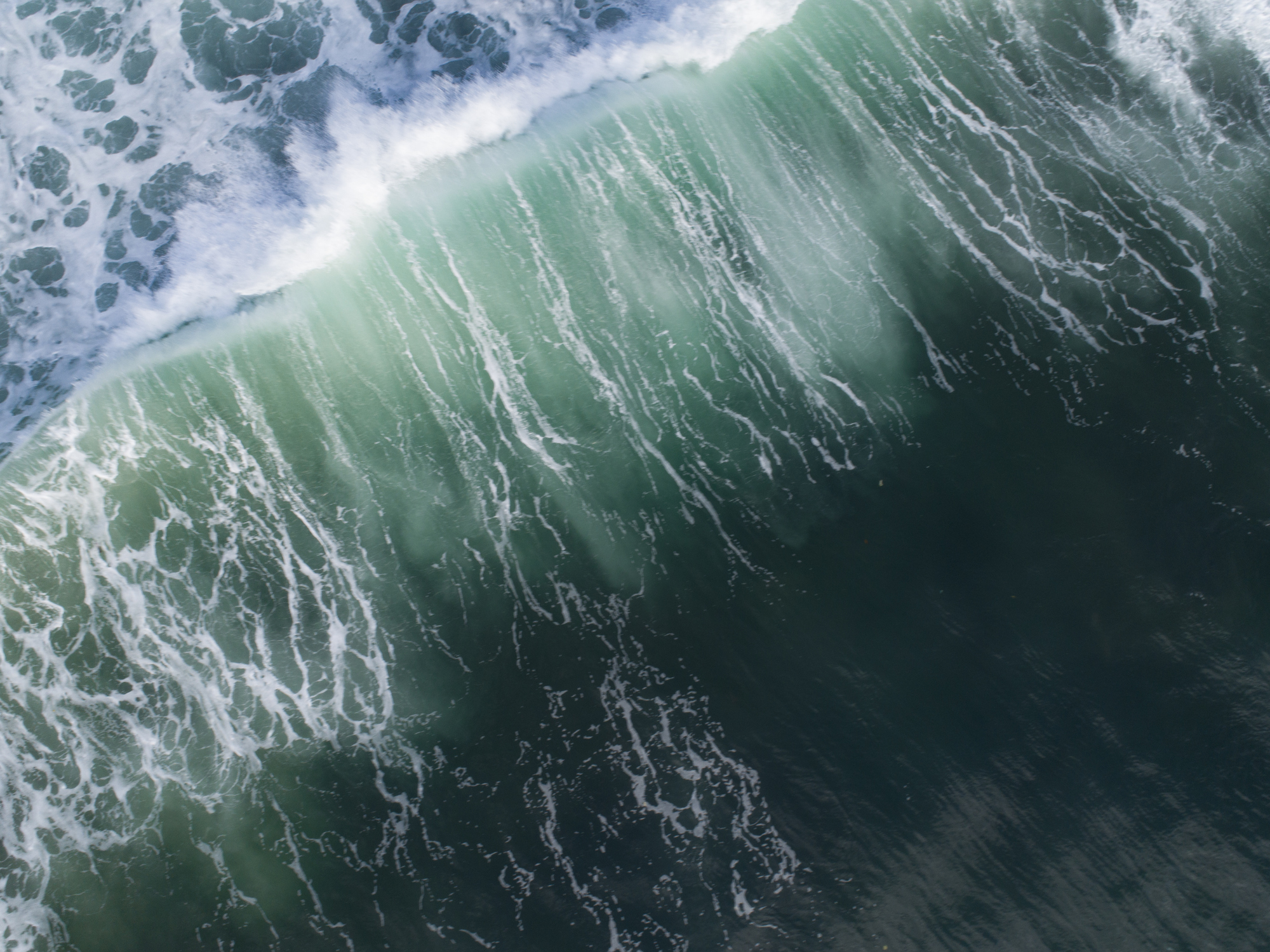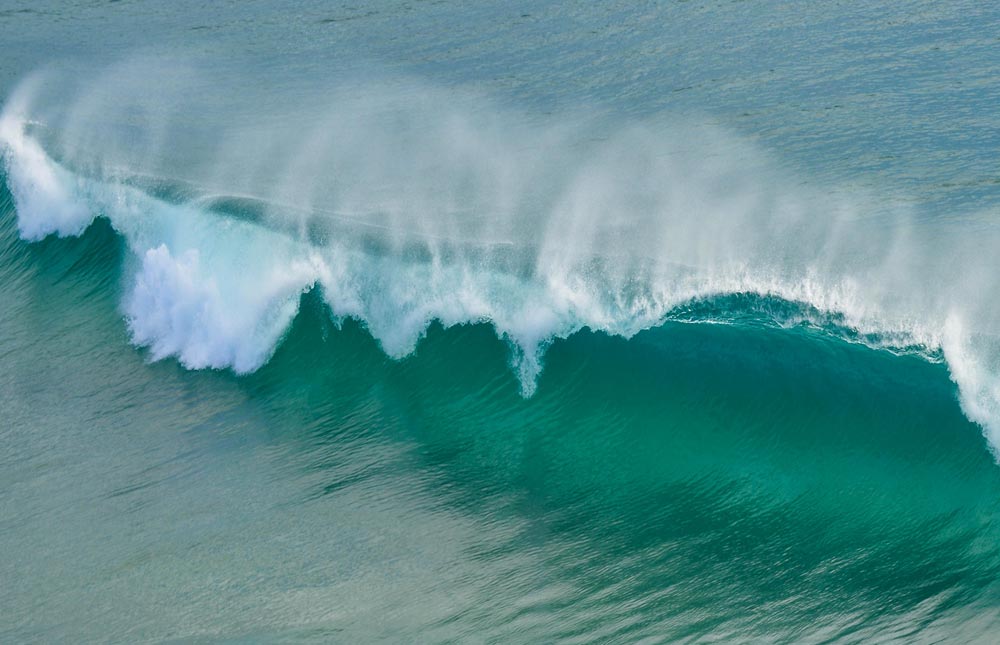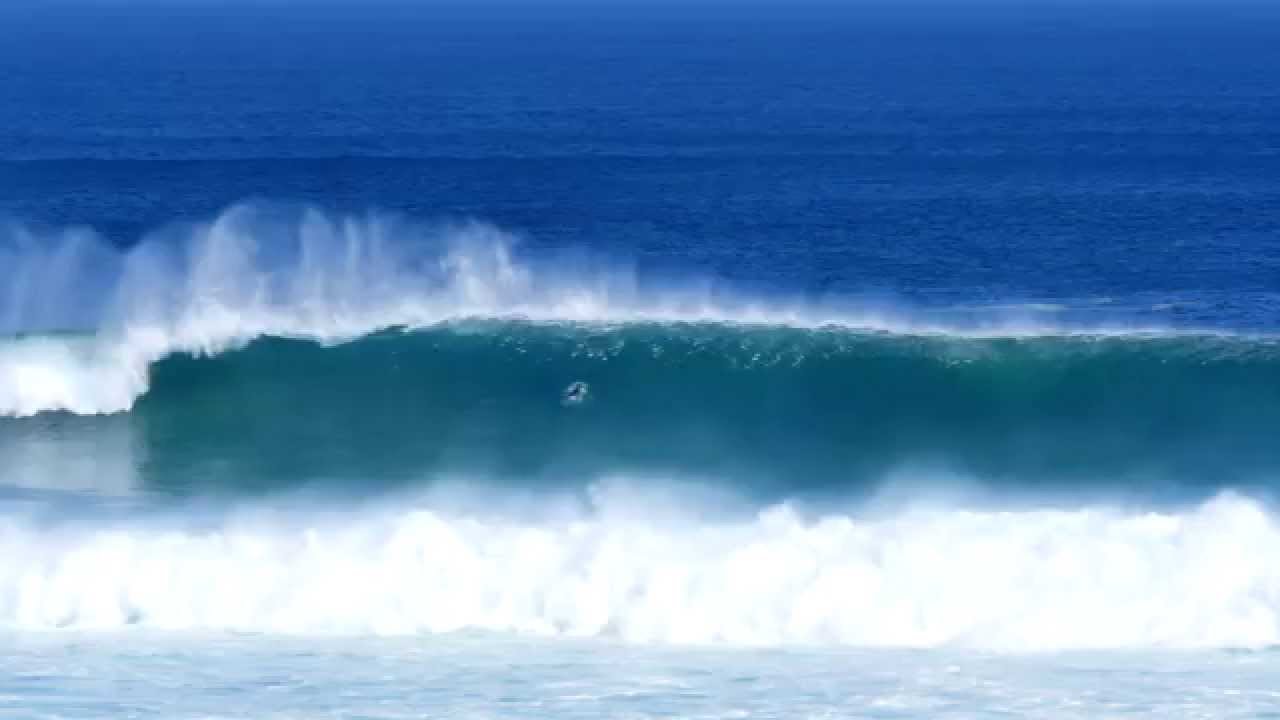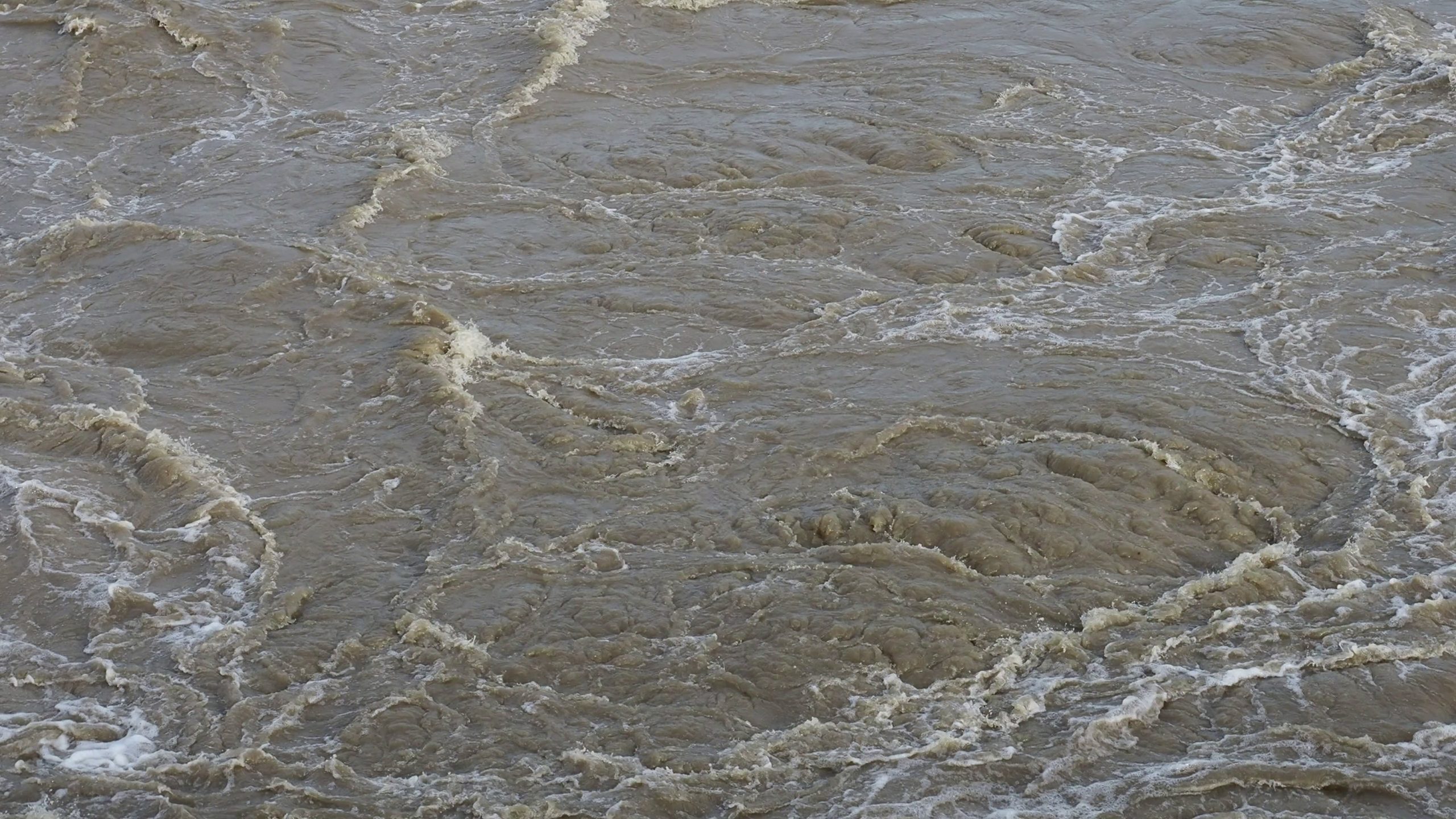When does slack tide occur
The word ‘slack’ means “relaxed” and “without activity.” Slack tide occurs during slack periods and is a period of time in which there is little activity. It is a very good time to fish.
You have to catch the right fish. That is why it is crucial to know the time of slack. There is slack tide when the weather is very rough, or when the weather is calm. When there is a lot of slack, that means that the fish aren’t eating. And you can’t keep your boat at the dock waiting for fish.

In this article, we explain when the fish are most active and what kind of bait is the best fit for the conditions at each time.
How do you know when it’s slack tide?
You’ve got to catch the fish when there’s slack tide. You’ve got to keep an eye on the water to see if the tides are changing or if the fish are moving toward the shore. If you wait until the tide is too high, you won’t have a chance. When there’s no tide, you can set up your lines and wait for fish. When the tide changes, you pull in your lines and cast again. When the fish come in, you keep pulling in your lines and casting, keeping your line tight and your rod ready. That’s when it’s time to pull in your line and let fly, hoping to snag the big one.
When you are fishing, there is no better time than on slack tide. When the tide is at its lowest point, you can set up your lines, which can be attached to a reel or tied together. You can use a spinner bait or jig for bait. The best thing about fishing on the slack tide is that you can put your bait closer to shore and have more chances of catching fish.

Is slack tide before or after low tide?
Slack tide is before low tide for fishing. When the slack tide is coming in, it’s usually before low tide for fishing. When the slack tide comes in, there is a general change in the tide and the water level goes down. So is slack tide before low tide or after? Slack tide is before low tide for fishing because the slack tide is just before the low tide and there is slack water between the slack and the low tide.

When you are talking about the slack tide before low tide, you are referring to the slack time between high and low tide. A low tide occurs when the water recedes and the level drops below a certain point in tidal currents. This is when it is possible to catch fish. So, when it gets close to low tide, the slack tide starts. The term slack tide is the time right before local tides, and it is called slack tide for a reason during the gravitational pull. There is less water between high and low tide than usual. This means that you can see the rocks better and you are able to spot a fish. At this time, the fish are moving around more and you are able to catch some of them. After the tide has gone back up, the slack water occurs and the level goes up again. But, that doesn’t mean the fishing has stopped during neap tides. You still have plenty of opportunities to catch fish.
Does slack water occur at high tide?
The water level fluctuates during tidal flow. When the tide rises, the water level increases with the tidal current. The lowest level of the tide occurs when the water level is the same as at the high tide, and when the tide begins to fall, the lowest level occurs when the water level is the same as at the low tide. When the tide is falling, the difference between the water level at high tide and the water level at low tide is called slack water. During flood tide tides vary, fish can be found feeding at the surface.

The water level changes all the time. One of the most noticeable things is the rise and fall of the tide. When the tide is rising, the water level increases. When the tide is falling, the water level decreases. This fluctuation is caused by the movement of the moon. When the moon is full, the water level increases. When the moon is half-full, the water level remains the same. When the moon is new, the water level decreases.
How long after high tide is the slack?
When the tide is low (i.e. there is no slack), the ocean is full of fish and bait. High tide is the moment when there is slack in the ocean even in spring tides. This is the point in time at which the fish are hungry and swim in a small tidal range and are ready to eat the bait.
The best way to catch a big fish is when the water is high. You have to put the bait in deep water so that the fish can find it at high or low tide. To do this, you have to wait for the right tide. For example, you can use a boat to catch big fish. When the tide is low, the fish can easily jump into the boat and eat the bait. In this case, the boat operator needs to throw the bait at the right time. Then, when the tide is high, the fish can jump into the boat and eat the bait.



